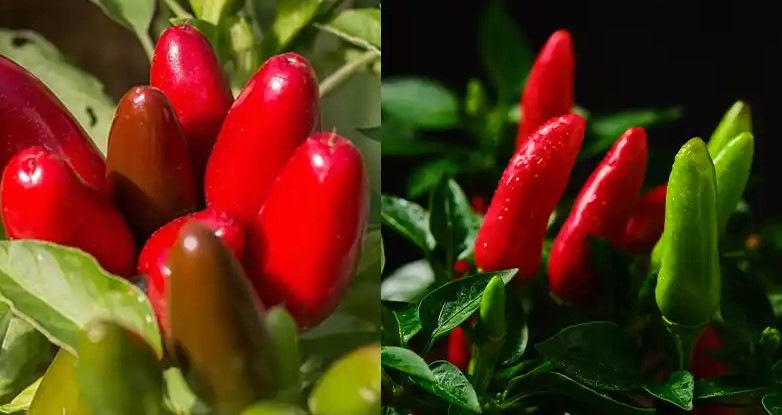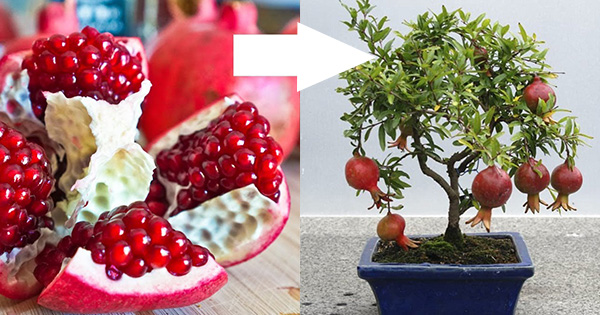Jalapeño peppers are not just a spicy addition to your favorite dishes; they are also a delight to grow, especially when you venture into soilless cultivation methods. Traditionally, soil has been the go-to medium for growing plants, but innovative techniques like hydroponics offer an exciting alternative. With the right approach and care, you can successfully cultivate these fiery peppers without ever touching a handful of soil.

Understanding Hydroponics
Hydroponics, derived from the Greek words “hydro” (water) and “ponos” (labor), essentially means growing plants without soil. Instead, it involves suspending the plant’s roots in a nutrient-rich water solution, providing everything the plant needs to thrive.
Choosing the Right Setup
- Container Selection: Opt for a suitable container that allows the roots to grow freely. Consider options like nutrient film technique (NFT), deep-water culture (DWC), or even a simple water-based setup.
- Nutrient Solution: Prepare a balanced nutrient solution suitable for peppers. Commercial hydroponic nutrient mixes or homemade solutions work well. Ensure pH levels remain between 5.8 and 6.5 for optimal absorption.
Starting the Growth Process
- Germination: Begin by germinating Jalapeño pepper seeds using the paper towel method or a seedling tray. Once sprouted, transfer them to a hydroponic system.
- Transplantation: Carefully transfer the seedlings into your chosen hydroponic setup, ensuring the roots are submerged in the nutrient solution.
Maintenance and Care
- Lighting: Provide adequate lighting, as Jalapeño peppers require at least six hours of direct sunlight or artificial light daily for healthy growth.
- Nutrient Monitoring: Regularly check and maintain the nutrient solution levels. Adjust the nutrient concentration as the plants grow, following the manufacturer’s guidelines.
- Pruning and Pollination: Prune the plants to encourage growth and airflow. Since hydroponic systems lack natural pollinators, gently shake the plants or use a small brush to facilitate pollination.
Troubleshooting
- Pests and Diseases: Monitor plants for signs of pests or diseases. Implement preventive measures like maintaining cleanliness and using organic pesticides if necessary.
- Nutrient Deficiencies: Keep an eye out for any nutrient deficiencies by observing leaf discoloration or stunted growth. Adjust the nutrient solution accordingly.
Harvesting
Once the Jalapeño peppers reach their full size and turn vibrant shades of green or red (depending on the variety), carefully pluck them from the plant. Ensure not to damage the rest of the plant during harvesting.
Conclusion
Growing Jalapeño peppers without soil through hydroponics might seem unconventional, but it’s a rewarding endeavor. Embracing this method opens up possibilities for cultivating various plants in a controlled environment, providing fresh produce year-round. With the right setup, care, and dedication, you can enjoy a bountiful harvest of spicy Jalapeños, all without digging in the dirt.










